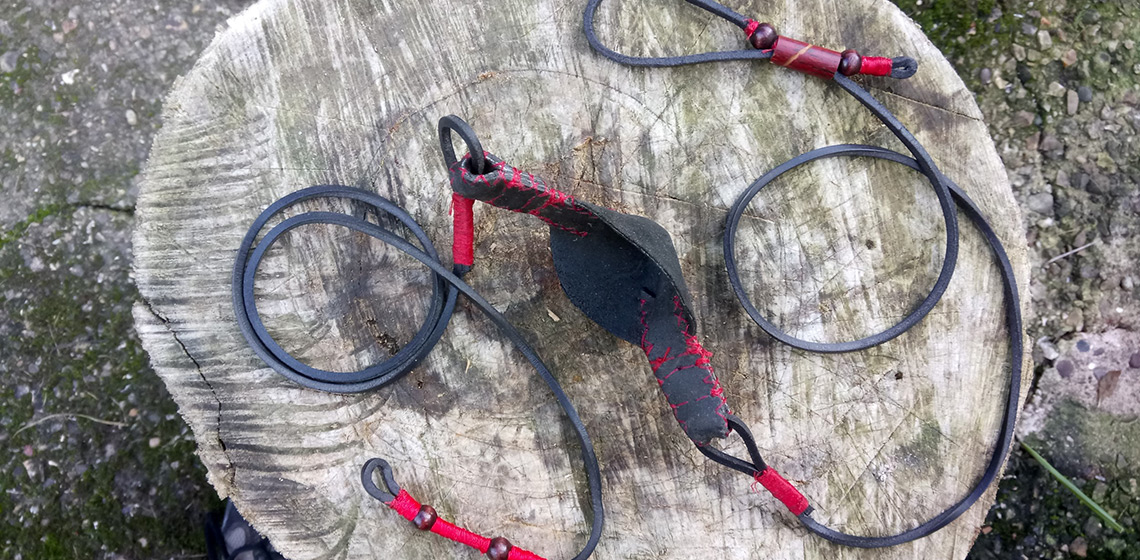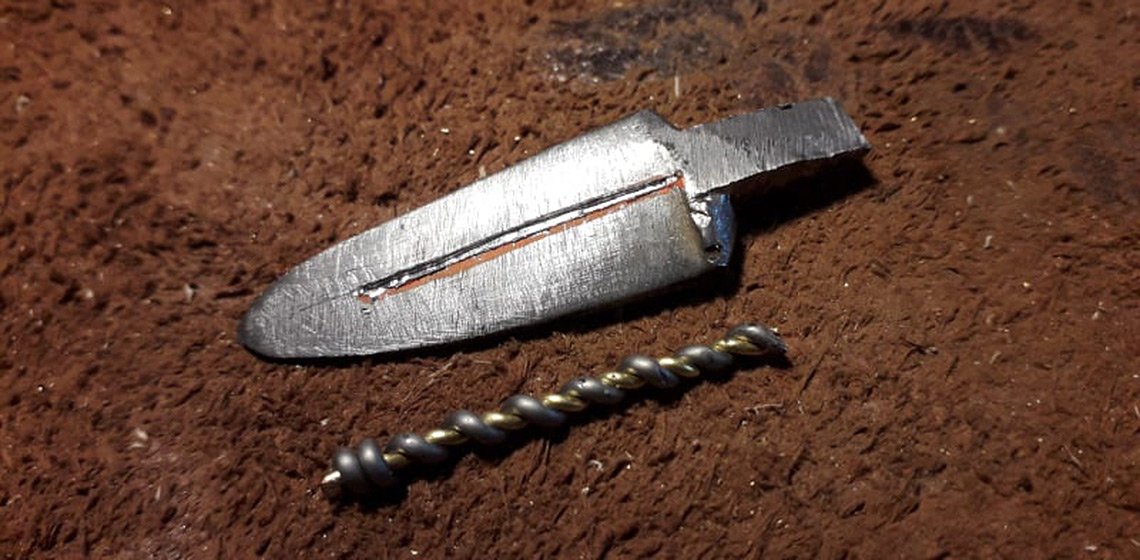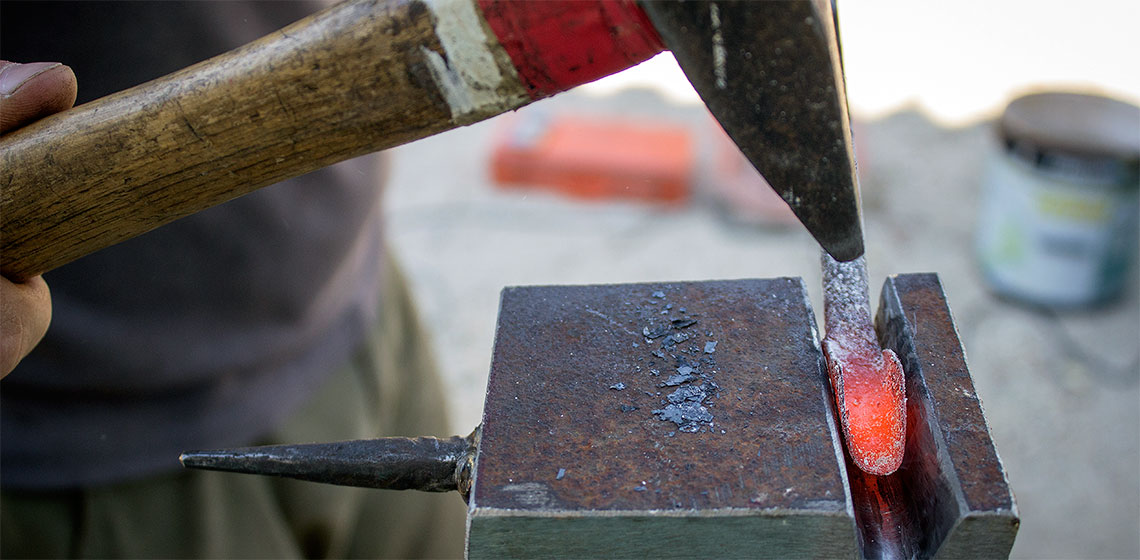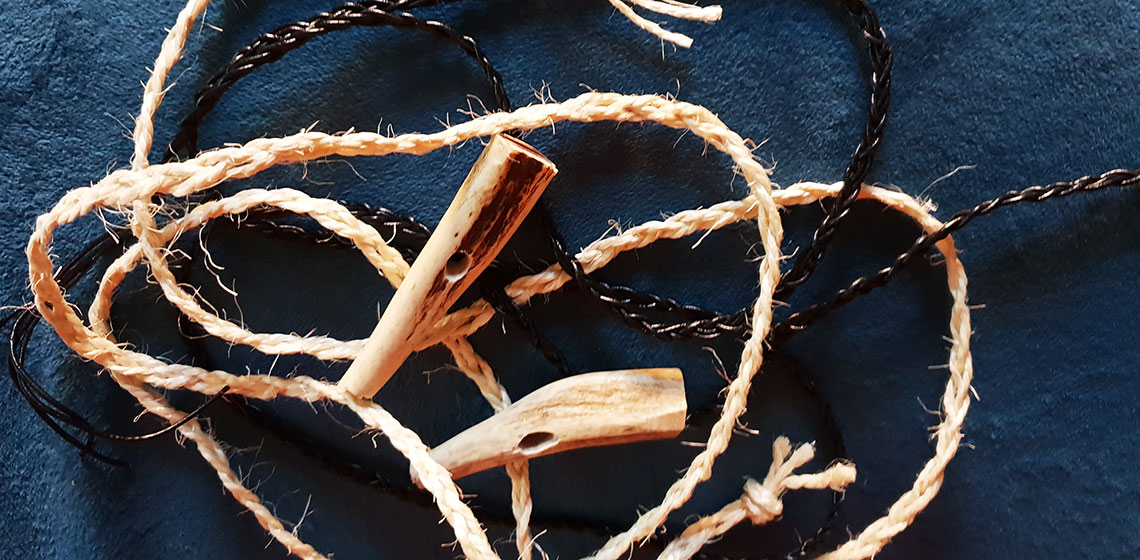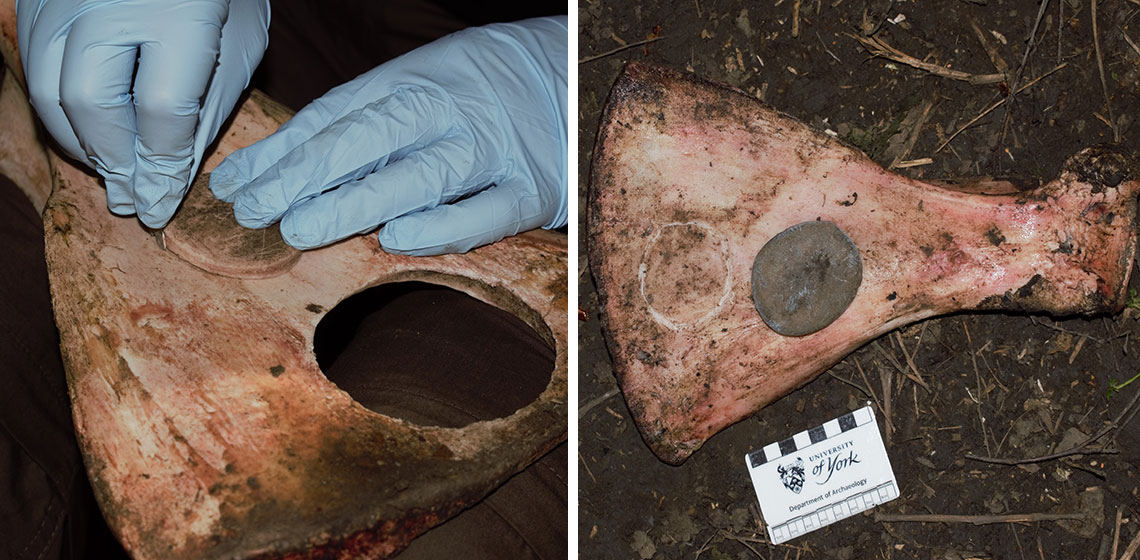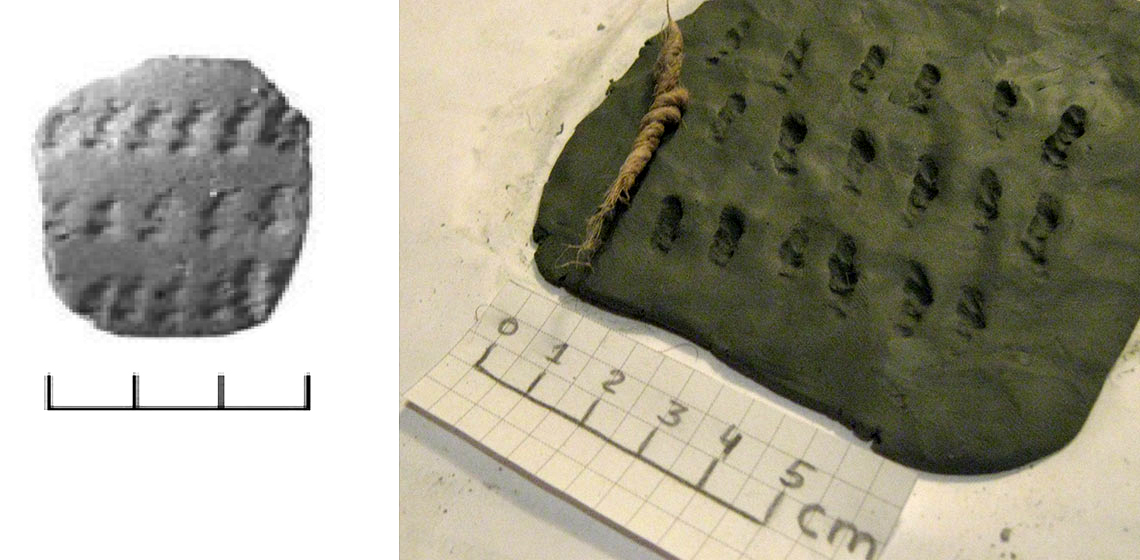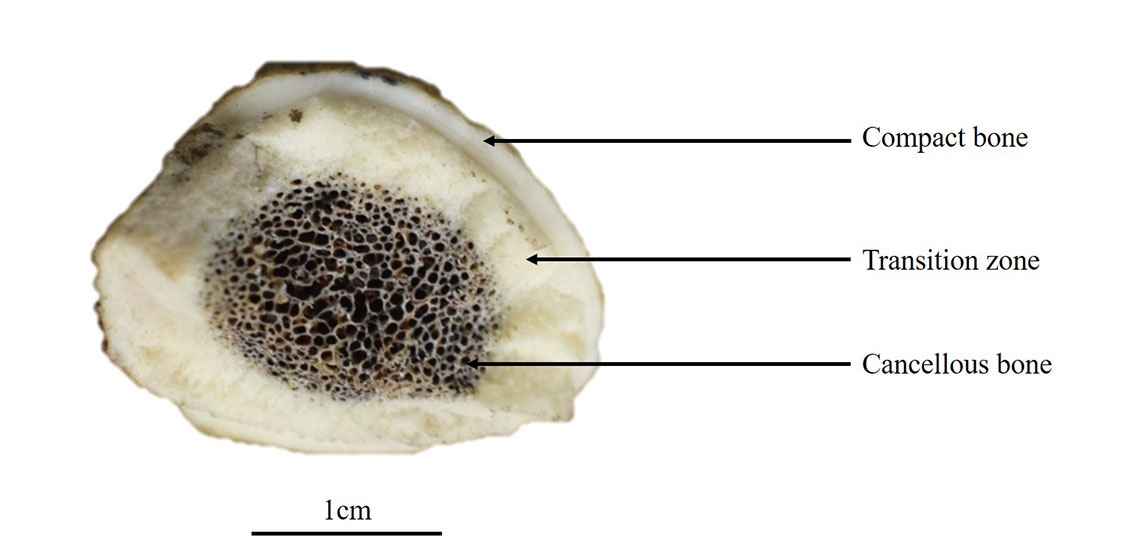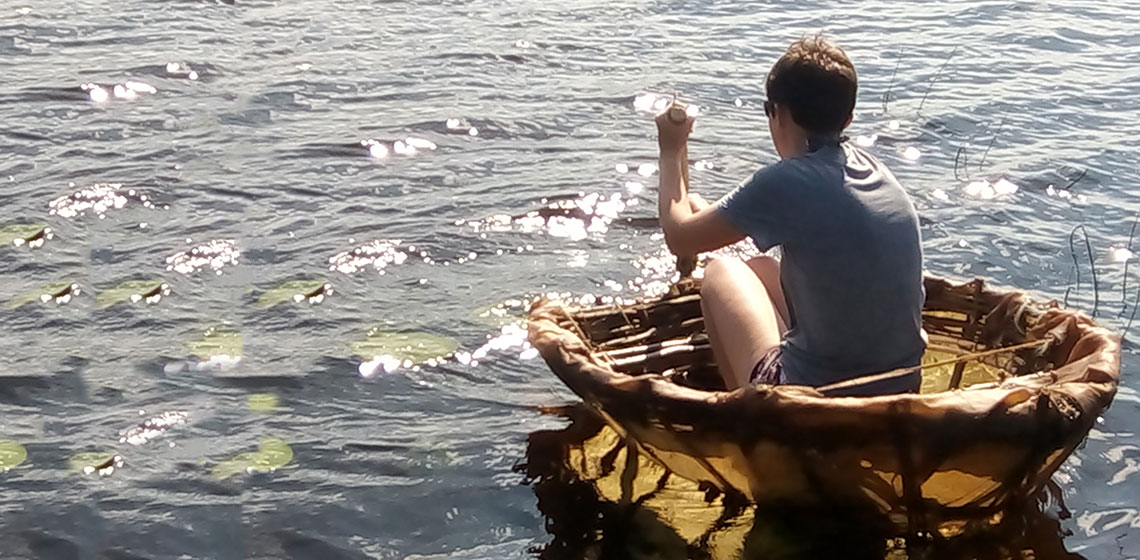Ancient Technology
Replica of the Knife 2165 found in Flixborough a Late Anglo-Saxon Period Knife with an Inlay of Twisted Bronze and Silver Wires
Experimental Analysis of Metal Points from Quattro Macine: Reproduction and Interpretation
Let’s Do the Tine Warp Again: Reconstructing a Late Bronze Age Bridle from Moynagh Lough, County Meath, Ireland
Under Starters Orders: An introduction to the experiment
Horses and equitation are often associated with Ireland; coins of the pre-Euro modern period displayed Irish hunters, and florid Victorian art imagined the heroes of the Táin (the early medieval Irish saga of gods, bulls and heroes) in chariots drawn by fiery steeds. That image has persisted despite archaeological evidence, or lack thereof. There is a considerable lack of understanding of the prehistoric use of the horse, and even the types of animals present.
Spinning in Circles: the Production and Function of Upper Palaeolithic Rondelles
De Re Cervisia et Mulso, “on The Subject of Beer and Mulsum”
Wives, Queens, Goddesses: Reconstructing the Outfit of a 8th-7th Century BC Picenian Woman
A Preliminary Attempt to Reconstruct some Tools and Techniques of Ornamentation of the Comb-Pit Ware from the Site of Hepojarvi (Karelian Isthmus, Leningrad Oblast, Russia)
Introduction
The site of Hepojarvi is located upon the northern coast of Lake Hepojarvi (See Figure 1).
